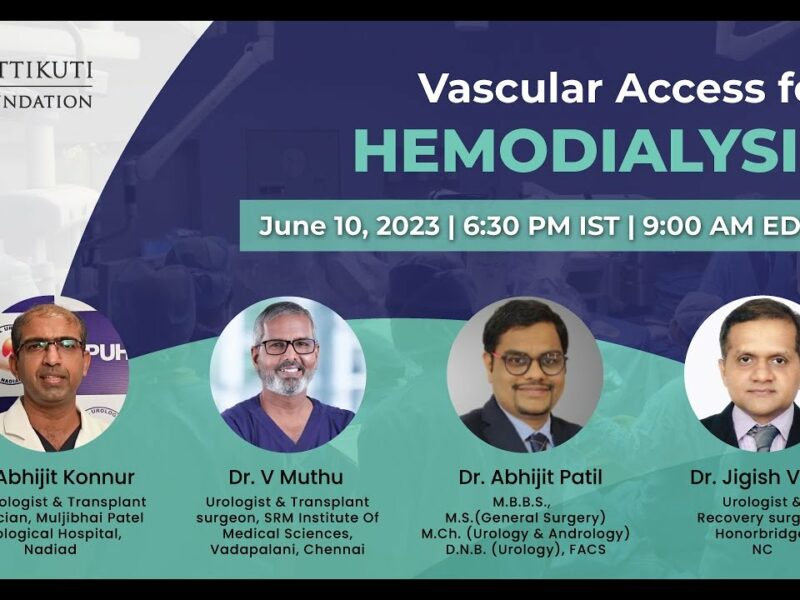Robot assisted extended pelvic lymph node dissection for bladder cancer: technique, extent and feasibility in minimal invasive era.
Robot assisted extended pelvic lymph node dissection for bladder cancer: technique, extent and feasibility in minimal invasive era.
Authors: Puneet Ahluwalia, Surya Ojha, Ashwin Tamhankar, Gagan Gautam
Presenting author: Puneet Ahluwalia
Institution: Max Institute of Cancer Care,Saket, New Delhi
A KS Robotic Surgery Awards video, Robotic Surgeons Council of India.
Background
The standard of care for localized urothelial carcinoma invading bladder muscle is Radical cystectomy with extended pelvic lymph node dissection (ePLND). Minimal invasive surgery benefits have been applied in bladder cancer patients with the advent of robot with completion of urinary diversions intra-corporeally. Scepticism remains regarding whether an adequate node dissection can be performed in minimally-invasive fashion as previously reported nodal yields of laparoscopic or robotic lymphadenectomy are well below those reported with open surgery. The extent of PLND has been shown to impact oncological outcomes in terms of improved survival, staging accuracy and need for adjuvant therapy.This video demonstrates the technical caveats of robotic extended pelvic lymphadenectomy with equivalent nodal yields to open series from centres of excellence.
Methods
A 72 year old gentleman presented with history of intermittent hematuria since 2 months. Histopathology of transurethral resection of bladder tumor (TURBT) was suggestive of high grade muscle invasive tumor. CECT abdomen showed heterogenously enhancing endophytic polypoidal soft tissue mass measuring 5.5×4.5 cm arising from left postero-inferior wall with involvement of left ureteric orifice with moderate hydronephrosis. Faintly FDG avid, subcentimeter sized, left external iliac lymph nodes were seen on FDG PET with no other areas of FDG avid lesion in the body. After appropriate evaluation, he was planned for a robotic radical cystectomy with bilateral ePLND along with intracorporeal ileal conduit using the da Vinci Xi system. The patient was positioned in a supine Trendelenberg position and robotic and assistant ports were placed. The Xi system was docked from the side and superexteded template bilateral pelvic lymph node dissection was performed as a part of procedure.
Results
The ePLND component of the procedure could be safely accomplished with a console time of 90 minutes with minimal bleeding. No blood transfusions were needed. Per urethral foleys drain was removed on second post operative day. The patient recovered uneventfully and was discharged on sixth postoperative day. Final histopathology revealed absence of viable tumor in bladder specimen and none of the 45 lymph nodes retrieved were positive.
Conclusion
Robot-assisted ePLND at the time of cystectomy can be safely and effectively performed on the robotic platform with comparable nodal yields to open series at centers of excellence for cystectomy. Nodal yields are likely to comprise a factor related to the effort of the surgeon, and not the method by which the lymphadenectomy is performed
Narrated video with PowerPoints, artwork, and robotic surgery videos, 07:53
Date
August 15, 2020




